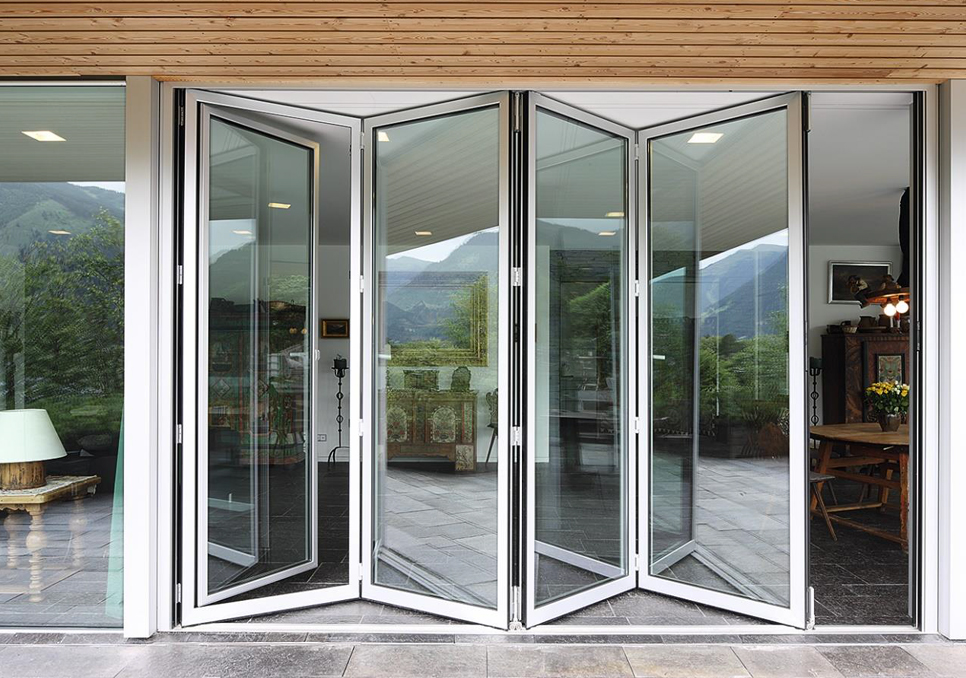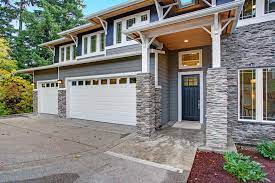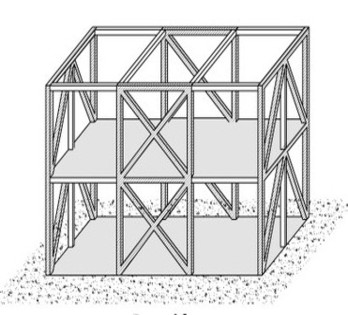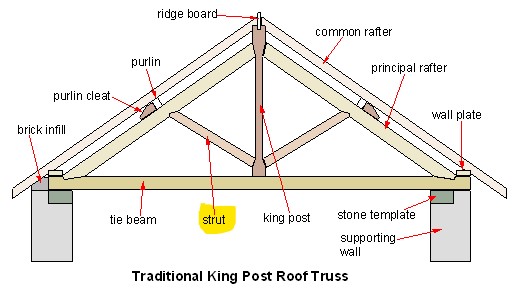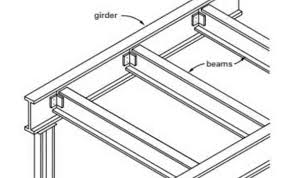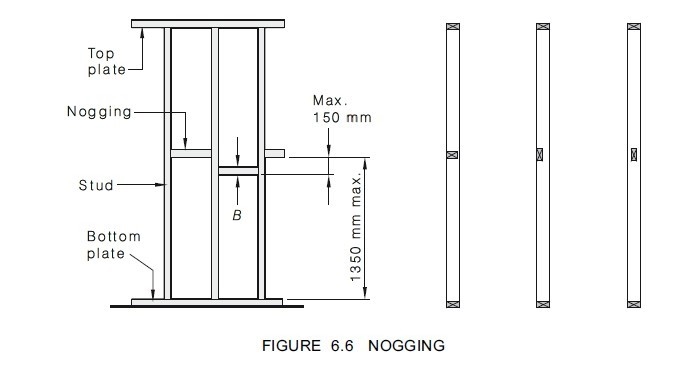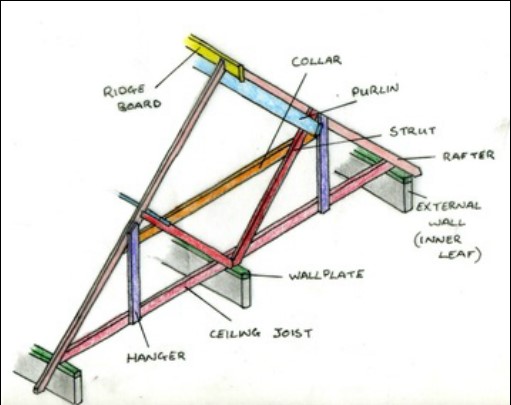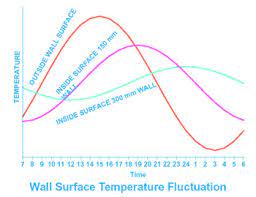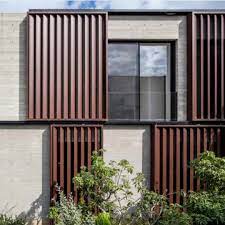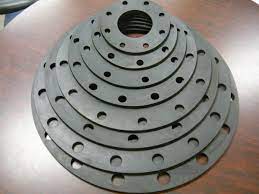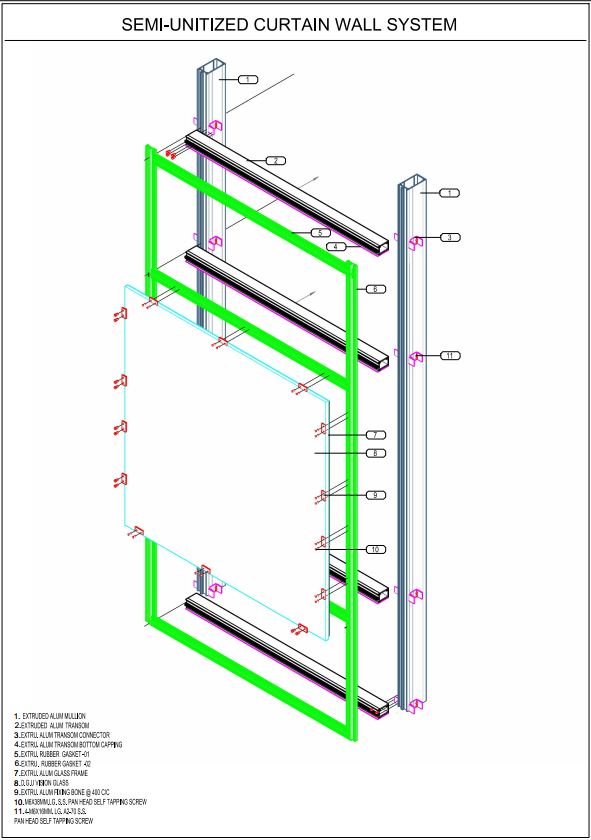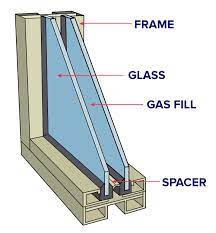Sliding Windows
Sliding Windows
Windows serve multiple essential functions in any project, from framing views to providing daylight and natural ventilation. As human needs have shifted and technology has advanced significantly throughout the years, these have evolved in character, shape, and use of materials. There are a number of opening systems for windows, but the seven most common are casement, sliding, tilting, sash, tilt-and-turn, fixed and pivoting. Other available options include lift-and-slide, louvre, top-hung and folding. Casement: This is set on a vertical hinge and opens like a door.
A Sliding window opens by sliding horizontally along a top and bottom track in the window frame. It is similar to a sash window, but opens side to side instead of up and down. Sliding windows are often used to frame a view and commonly in modern or contemporary-style houses. These are popular because of their simple form and ease of use. To open or close it, the sashes glide back and forth along a horizontal track. Pushing it to the left or right is required; depending on the version, one or both panes may be movable in the same way. The mechanism that allows a sash to go open and shut. An open spiral with a hollow, longitudinally extending centre, a rotator for rotating the open spiral about its centre, and a coupling device for connecting the open spiral to a sash are all part of the mechanism.
Insulated Glass
Related post
Braced Frame
-
by Facade
- Oct 04, 2022
Rainscreen Cladding
-
by Facade
- Oct 04, 2022
Trench support
-
by Facade
- Nov 09, 2022
Scaffolding
-
by Facade
- Nov 09, 2022
Gusset plate
-
by Facade
- Nov 09, 2022
Decrement Delay
-
by Facade
- Nov 17, 2022
Unitized system
-
by Facade
- Dec 14, 2022
Semi unitized system
-
by Facade
- Dec 14, 2022
Insulated Glass
-
by Facade
- Dec 14, 2022
Sliding Windows
-
by Facade
- Dec 14, 2022
